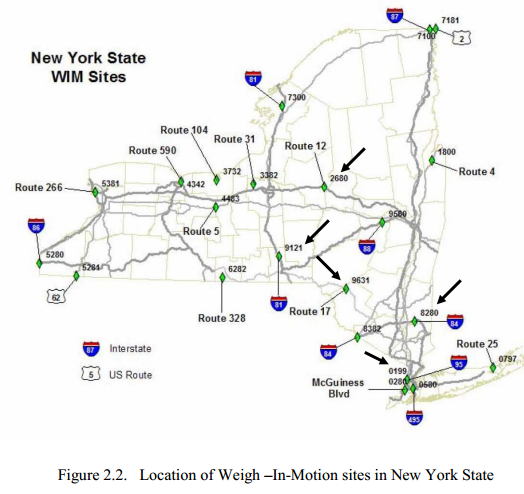Impact Analysis of Recreational Transit Services on Local Community Economic Development, Employment and Spending
Research Problem and Background
The New Jersey Department of Transportation is soliciting proposals for a study that will quantify the economic and congestion-relief benefits from transit service to recreational activities in three specific market areas. Transit service to these market areas is provided by NJ TRANSIT.




